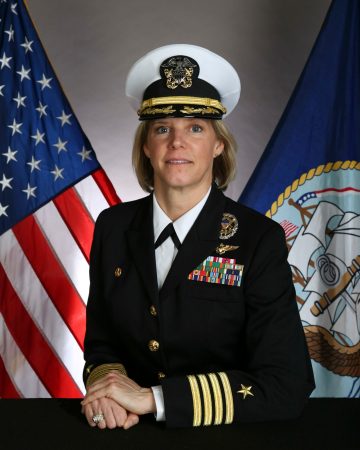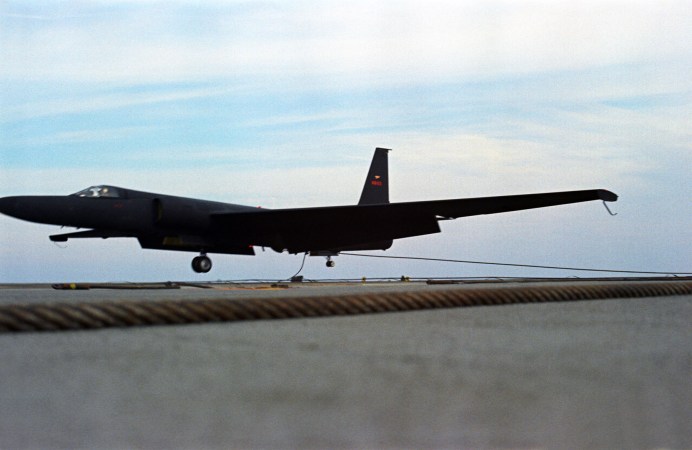The U.S. Navy’s Nimitz Class aircraft carriers are some of the most powerful weapons systems known to man, floating cities that can take strike warfare capability to the far reaches of the planet, places unreachable by other military assets. With an embarked air wing these carriers are manned by 5,500 sailors (and a few Marines) and home base for more than 80 airplanes.
Here are the places that make these 97,000 ton ships work:
1. Pri-fly

Pri-fly (short for ‘primary flight control’) is also known as “the tower.” Pri-fly is where the Air Boss sits and controls all of the goings-on on the flight deck as well as the airspace within a 10-mile radius of the carrier.
2. Bridge

The bridge is a few levels below Pri-fly in the carrier’s superstructure. The bridge is where the Captain sits along with the navigator and all of the officers of the deck and the rest of the watch team charged with steering the ship and staying away from hazards. During flight ops it’s the bridge team’s responsibility to keep a favorable flying wind across the flight deck.
3. Flight deck

The Navy likes to refer to the flight deck as “4.5 acres of sovereign and mobile American territory.” The flight deck is where aircraft launch courtesy of steam catapults and land — one every minute — with the assistance of steel arresting cables. The movement around the flight deck is choreographed by the “handler” in Flight Deck Control who manages the limited real estate and makes sure aircraft get where they need to be either to fly or get worked on.
4. Ready rooms

Flight briefs are conducted in ready rooms, but these spaces are also where squadron aviators congregate to discuss other business or to relax and watch a movie.
5. Paralofts

The paraloft is where the aviators’ flight gear like helmets and survival vests is stored. This is the final stop for crews before they walk one level up to the flight deck.
6. Crew berthing

Sleeping quarters cram as many as 96 sailors together, but still provide a bit of privacy and a place to get away from the stress of the workday.
7. CVIC

The carrier’s intelligence center is where classified mission planning takes place. Intelligence officers give aviators the latest details about the enemy’s whereabouts and weapons systems status using state-of-the-art hardware and software.
8. CATCC

The Carrier Air Traffic Control Center is where controllers sit at radar displays and guide airplanes safely back to the ship just like controllers do for airliners at civilian airports.
9. Hangar bay

The hangar bay is where airplanes are parked for major maintenance and where gear is staged, including ordnance. Things get from the hangar bay to the flight deck on one of the three huge elevators along the edge of the carrier.
10. Mess decks

Sailors have to eat, and a good carrier’s supply department takes pride in serving chow that’s nutritious and delicious. Mess decks have a variety of offerings to suit the tastes of entire crew, everything from corndogs to surf and turf.
11. Medical

Carriers have impressive medical resources, including surgical and dental facilities. (Need a vasectomy? The ship’s surgeon has got you covered.)
12. Reactor spaces

The Nimitz Class carrier’s two reactors are what puts the nuke in nuclear power. This amazing energy source allows the carrier to sail for up to 25 years before refueling.


























